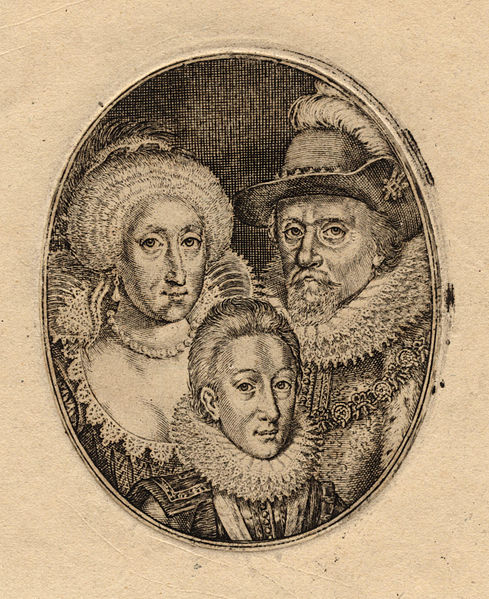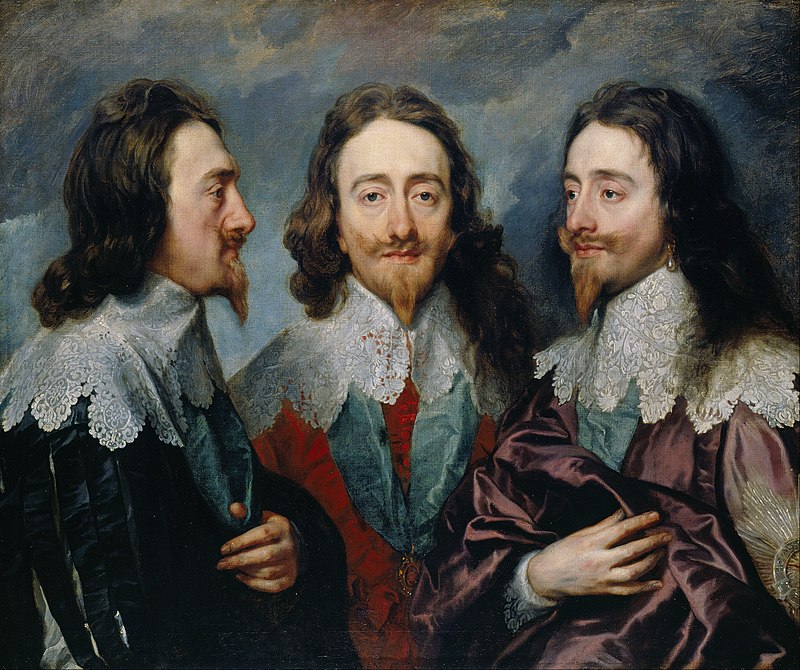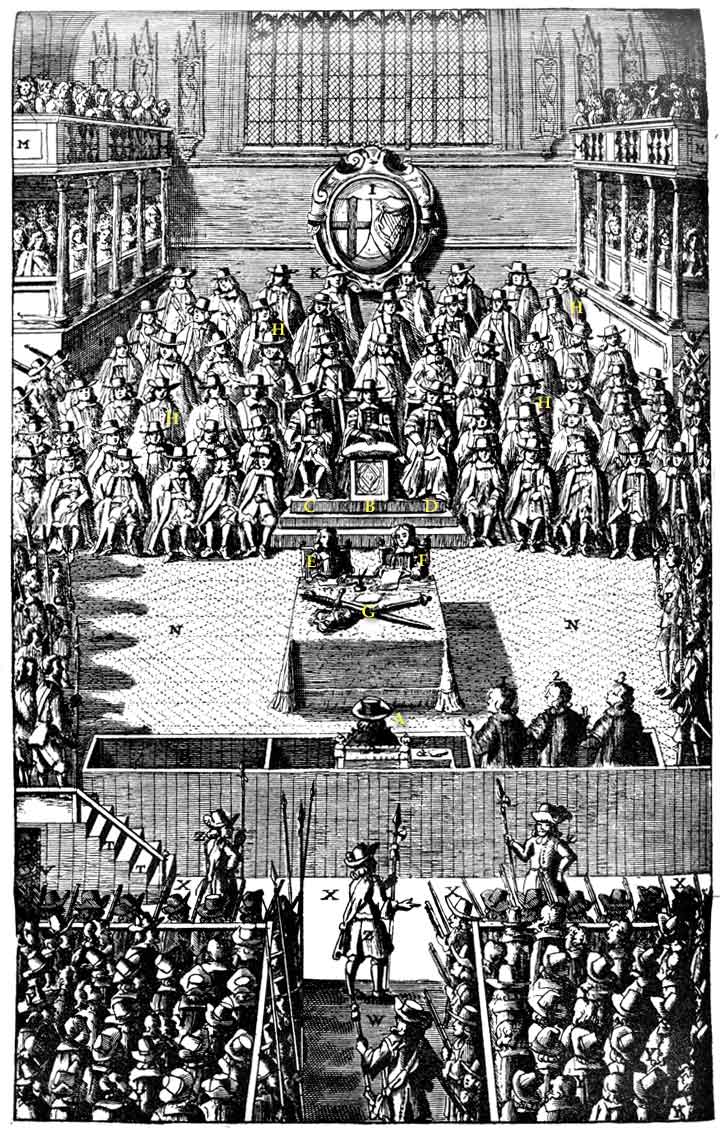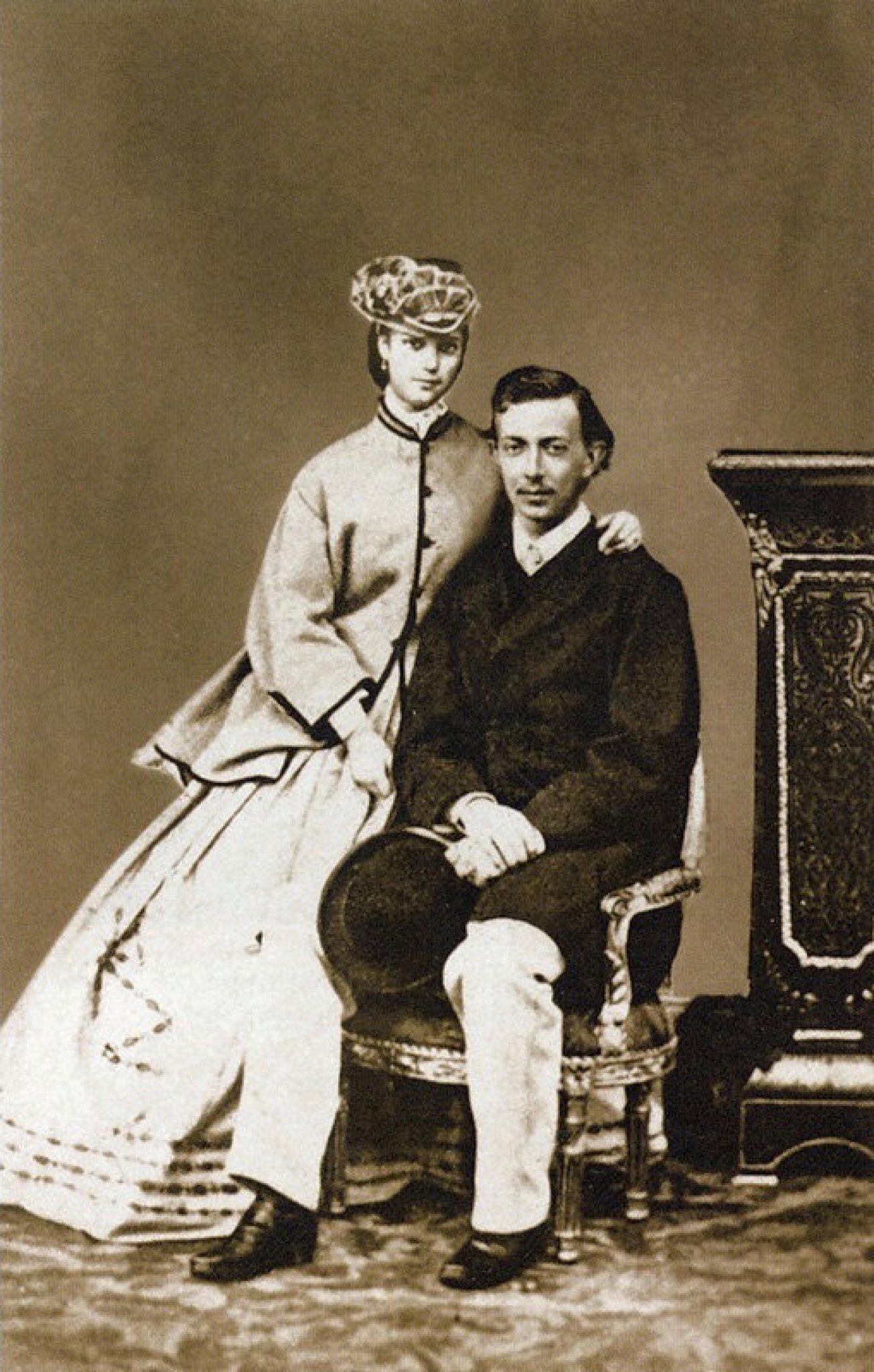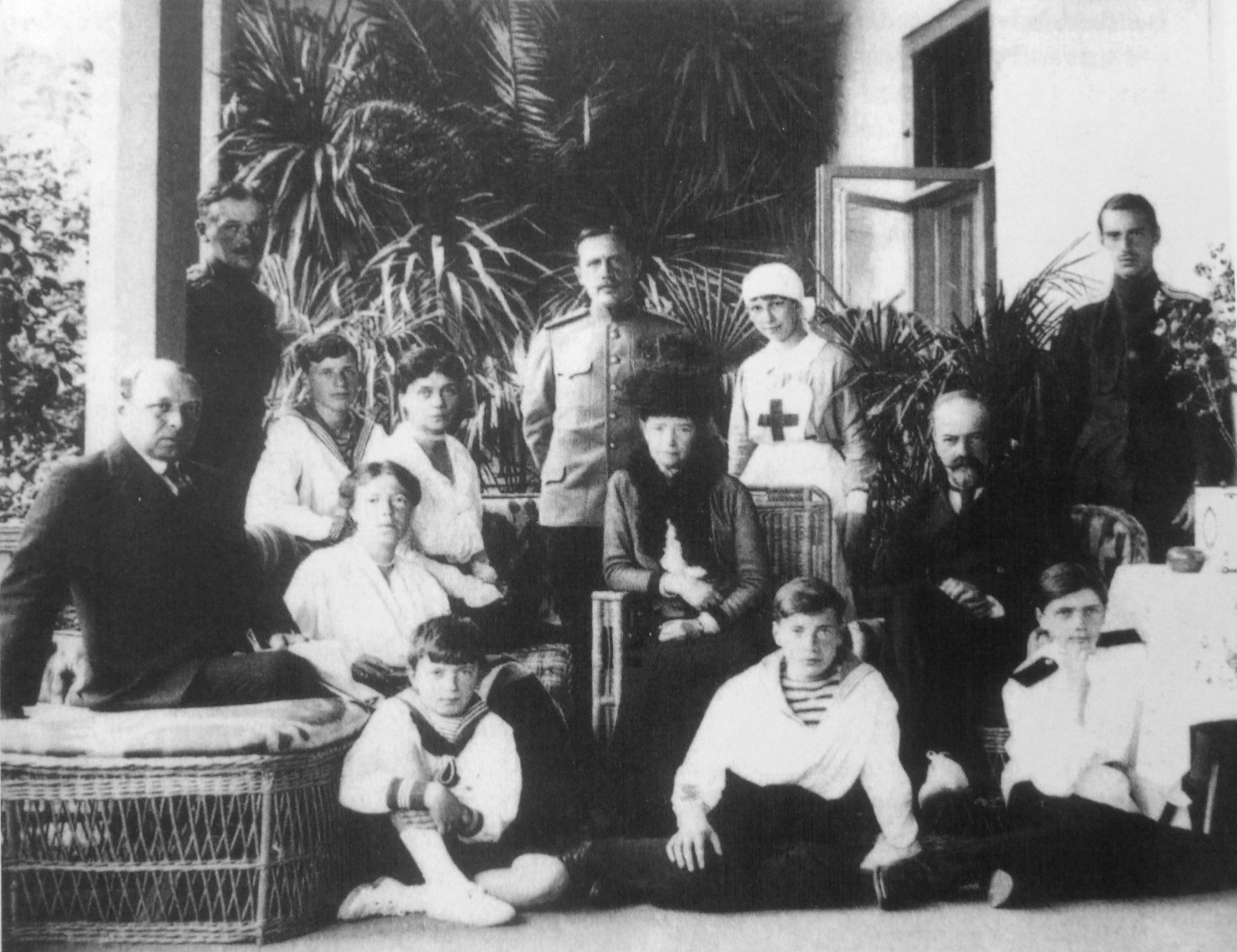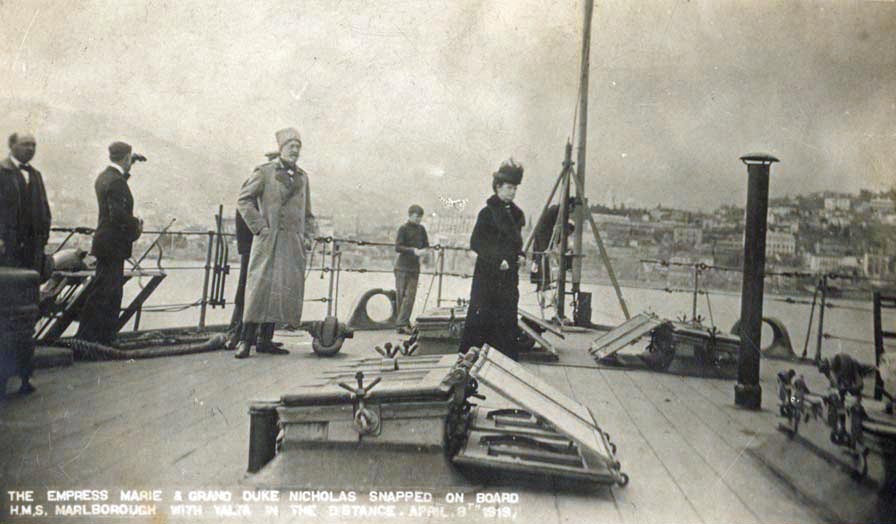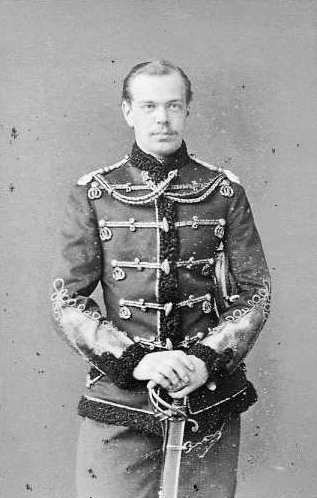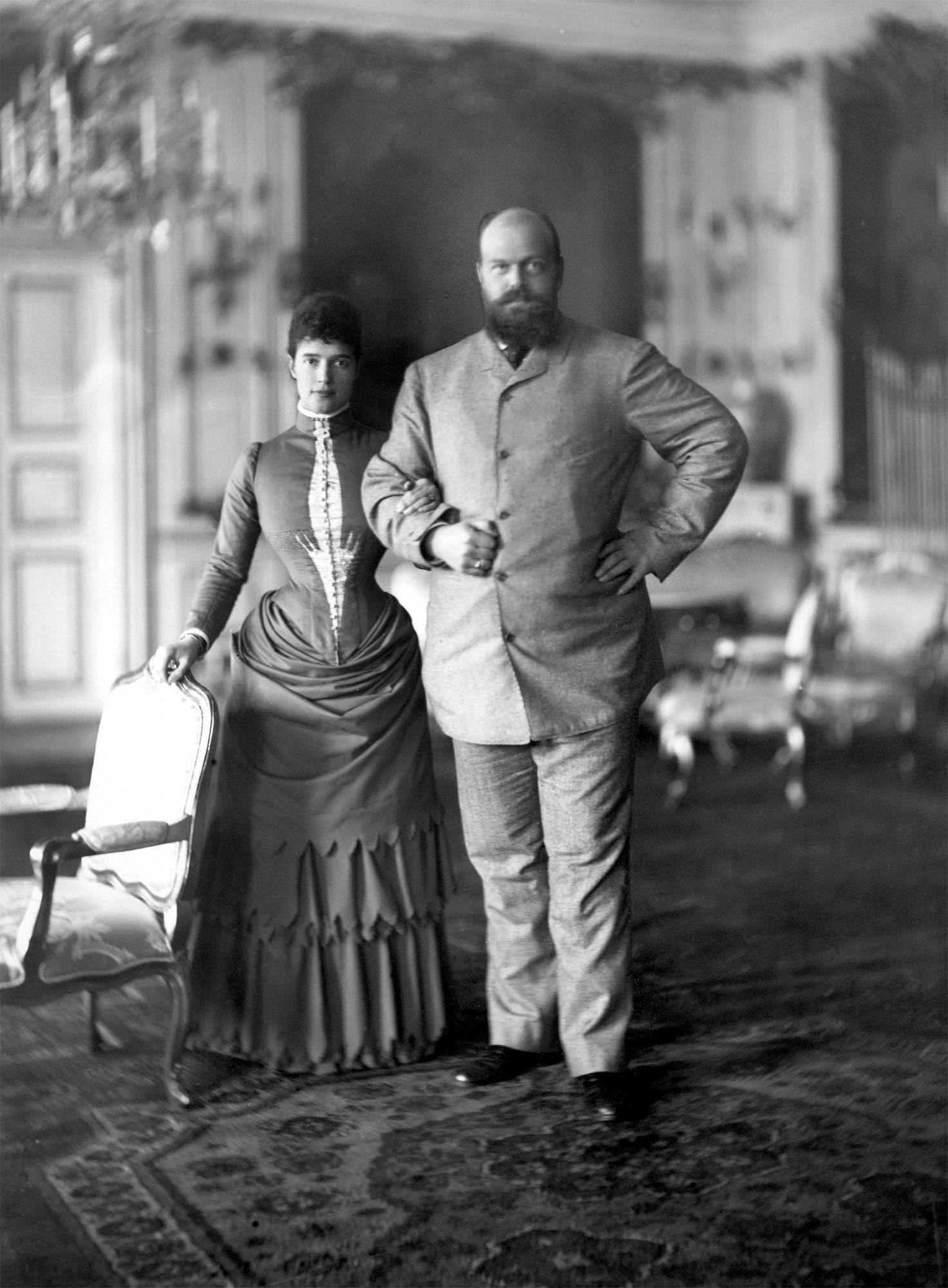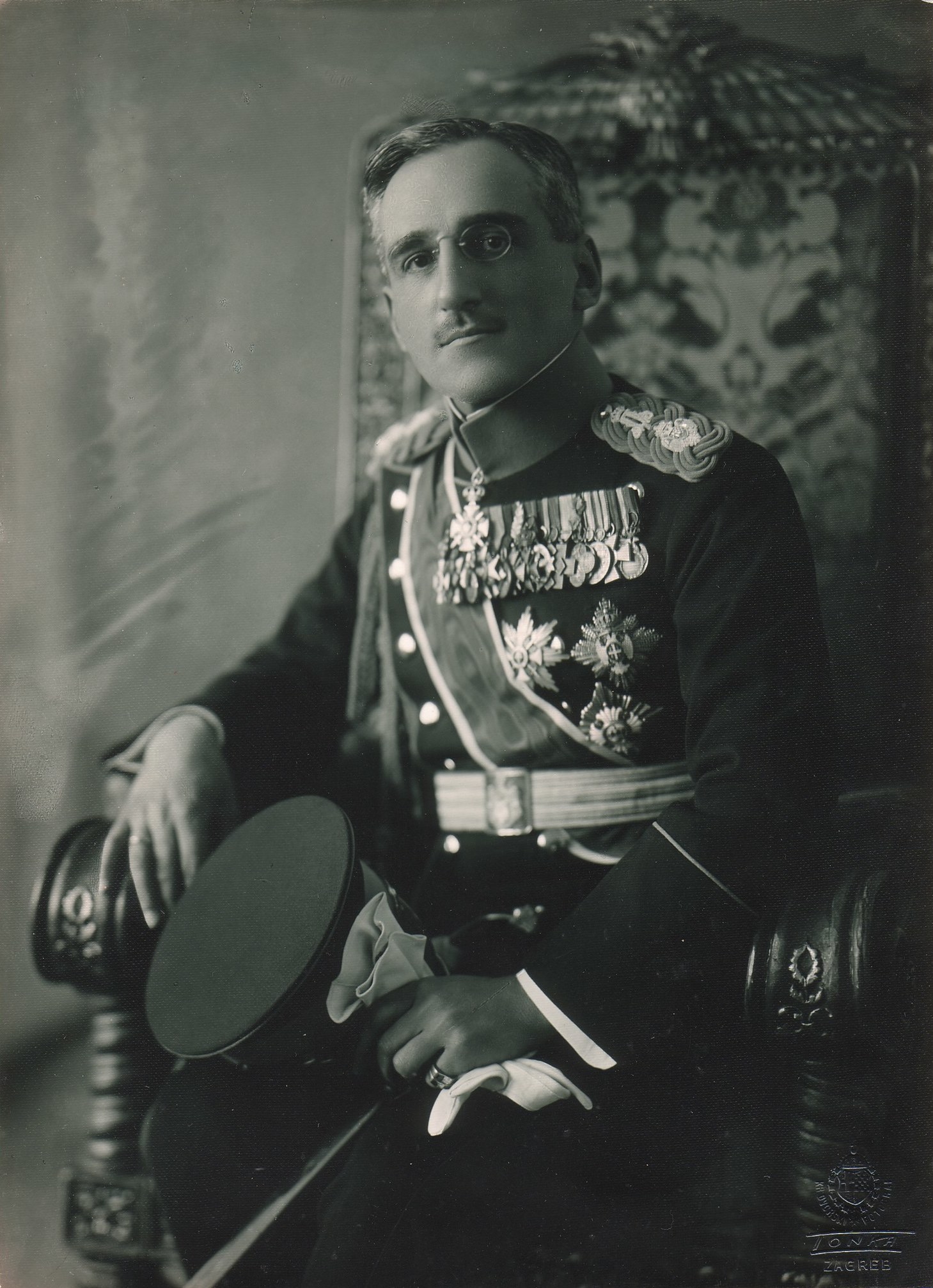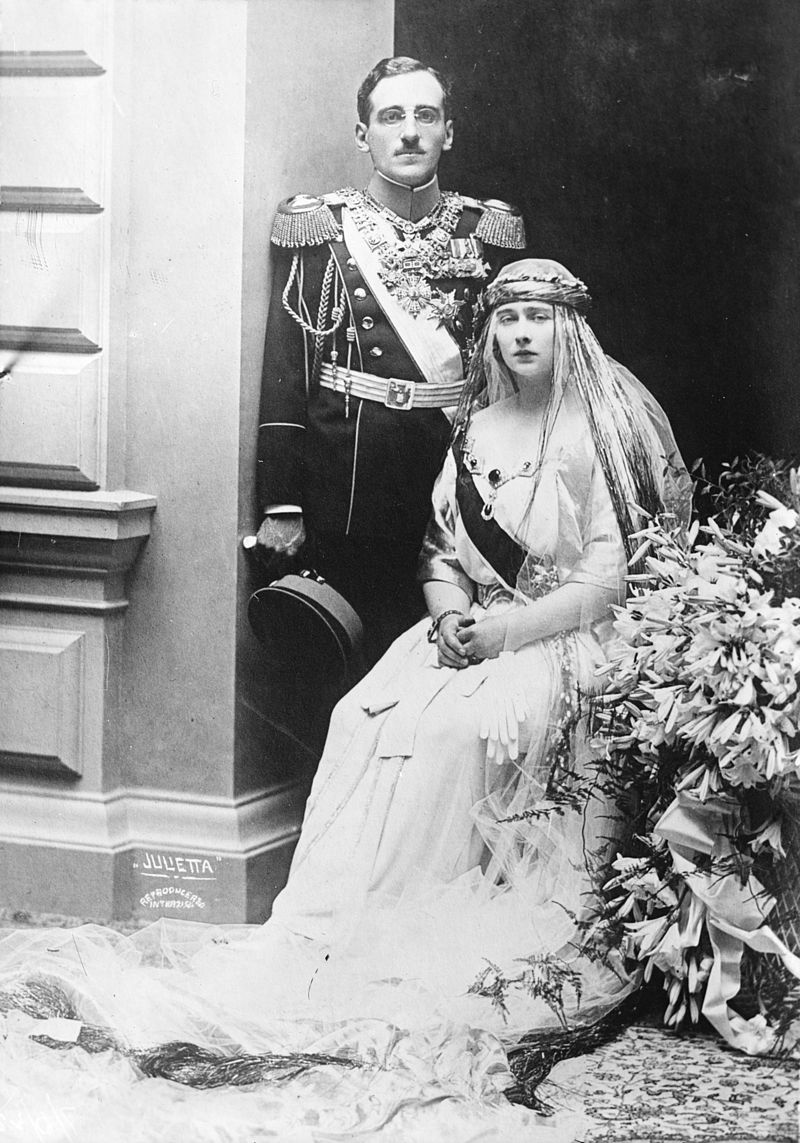by Susan Flantzer
- 2nd Lieutenant John Alexander Thynne, Viscount Weymouth
- Timeline: February 1, 1916 – February 29, 1916
- A Note About German Titles
- February 1916 – Royals/Nobles/Peers/Sons of Peers Who Died In Action
2nd Lieutenant John Alexander Thynne, Viscount Weymouth
John Alexander Thynne, born November 25, 1895, was the eldest son of Thomas Thynne, 5th Marquess of Bath and Violet Mordaunt. Violet was the daughter of Harriet Moncreiffe and questionable daughter of her husband, Sir Charles Mordaunt, 10th Baronet. Lord and Lady Mordaunt were involved in the Mordaunt Scandal which involved Prince Albert Edward, Prince of Wales (later King Edward VII) and rocked British society in the 1890s.
Sir Charles Mordaunt was a wealthy and powerful Conservative Member of Parliament. He and his wife were members of the Marlborough Set, a group of people who surrounded the Prince of Wales (later King Edward VII) and named after his London home near Buckingham Palace. While Sir Charles was off fishing or hunting or attending sessions of Parliament, Harriet entertained numerous lovers, including the Prince of Wales and several of his aristocratic friends.
On February 28, 1869, Harriet gave birth to a premature daughter, Violet Caroline, the mother of John Thynne, Viscount Weymouth. The timing of the birth was significant as Sir Charles had been away on a fishing trip when the child would have been conceived. When baby Violet had a serious eye infection, Harriet hysterically thought it was from a venereal disease and confessed to her husband that she did not know who the father was, and that the Prince of Wales could have been one of several possibilities. Sir Charles sued for divorce and letters his wife had exchanged with the Prince of Wales were used in the divorce proceedings. Sir Charles threatened to name the Prince of Wales as a co-respondent in his divorce suit. Although this did not happen, the Prince was called to testify, further adding to the scandal. It was shown that the Prince of Wales had visited the Mordaunts’ house while Sir Charles was away. Although nothing further was proven and the Prince denied he had committed adultery, the suggestion of impropriety was damaging . The divorce destroyed Harriet who was declared insane and spent the rest of her life in an asylum, dying in 1906.

Harriet, Lady Mordaunt, grandmother of John Thynne, Viscount Weymouth in the 1860s; Photo Credit – Wikipedia
In 1895, John Alexander Thynne’s father became the 5th Marquess of Bath after his father died. John was then styled with the courtesy style, Viscount Weymouth and became the heir to the Marquess of Bath title. John had two older sisters, one younger brother and one younger sister.
- Lady Alice Thynne (1891–1977), married Lt-Col Oliver Stanley, son of Edward Stanley, 4th Baron Sheffield, had issue
- Lady Emma Thynne (1893–1980), married and divorced William Compton, 6th Marquess of Northampton, no issue
- Lady Mary Thynne (1903–1974), married (1) Charles Wilson, 3rd Baron Nunburnholme , had issue ; married (2) Ulrick Alexander. Lady Mary was a bridesmaid at the wedding of Prince Albert, Duke of York, and Lady Elizabeth Bowes-Lyon
- Henry Thynne, 6th Marquess of Bath (1905–1992), married and divorced (1) Daphne Vivian, daughter of George Vivian, 4th Baron Vivian, had issue, including Alexander Thynne, 7th Marquess of Bath; married (2) Virginia Penelope Parsons, had issue
The family home, Longleat House, was built by Sir John Thynne, the steward to Edward Seymour, 1st Duke of Somerset, brother of King Henry VIII’s third wife Jane Seymour and uncle to King Edward VI. Longleat House took 37 years to design and build. It has been the home of the Thynne family ever since and was the first British stately home opened to the public.
John Thynne, Viscount Weymouth was educated at Sevenoaks School in Sevenoaks, Kent, England which was founded in 1432. He then attended Winchester College in Winchester, Hampshire, England from 1909-1912. On August 15, 1914, shortly after the start of World War I, John was admitted to the Royal Military Academy Sandhurst. He passed out of Sandhurst, and was commissioned as a 2nd Lieutenant in the 2nd Dragoons (Royal Scots Greys) in December of 1915. On the prospect of being ordered to the front, John had written to his father, the 5th Marquess of Bath, “I am very glad I am high on the list because the sooner it comes the better. Don’t think that I funk going out, but, I know perfectly well I will be in the fright of my life but also very glad.” By October 20, 1915, John was serving in France.

Soldiers of the Royal Scots Greys, photographed in the trenches at the Hairpin on 19 January 1916 © IWM (Q 29052)
In February of 1916, John was in the trenches at the Hairpin, part of a large series of trenches near Hullach in France near the Belgian border. He expected to be home on leave soon. However on February 13, 1916, 20 year-old John and ten other Scots Greys were killed when German mines were detonated under a deep, narrow trench they were using to approach the German position.

An aerial reconnaissance photograph of the opposing trenches and no-man’s land between Loos and Hulluch in Artois, France, taken at 7.15 pm, 22 July 1917. German trenches are at the right and bottom, British trenches are at the top left. The vertical line to the left of centre indicates the course of a pre-war road. Photo Credit – Wikipedia
John Thynne, Viscount Weymouth was buried at the Vermelles British Cemetery, a British war cemetery in the village of Vermelles, in Pas-de-Calais, France. The cemetery was designed by British architect Sir Herbert Baker and contains memorials to 2,134 casualties. John’s younger brother Henry succeeded their father as the 6th Marquess of Bath in 1946.

Vermelles British Cemetery; Photo Credit – Wikipedia
*********************************************************
Timeline: February 1, 1916 – February 29, 1916
February 5-April 15 – Trebizond Campaign in Trabzon, Ottoman Empire (now in Turkey) begins
February 12 – Battle of Salaita Hill in Salaita, near Mount Kilimanjaro (now in Kenya)
February 21 – Battle of Verdun in Verdun-sur-Meuse, France begins and lasts until December 20, 1916
February 26 – Action of Agagia in Agagiya, Egypt
February 28 – Cameroon an African colony of Germany, surrenders
*********************************************************
A Note About German Titles
Many German royals and nobles died in World War I. The German Empire consisted of 27 constituent states, most of them ruled by royal families. Scroll down to German Empire here to see what constituent states made up the German Empire. The constituent states retained their own governments, but had limited sovereignty. Some had their own armies, but the military forces of the smaller ones were put under Prussian control. In wartime, armies of all the constituent states would be controlled by the Prussian Army and the combined forces were known as the Imperial German Army. German titles may be used in Royals Who Died In Action below. Refer to Unofficial Royalty: Glossary of German Noble and Royal Titles.
24 British peers were also killed in World War I and they will be included in the list of those who died in action. In addition, more than 100 sons of peers also lost their lives, and those that can be verified will also be included.
*********************************************************
February 1916 – Royals/Nobles/Peers/Sons of Peers Who Died In Action
The list is in chronological order and does contain some who would be considered noble instead of royal. The links in the last bullet for each person is that person’s genealogical information from Leo’s Genealogics Website. or to The Peerage website. If a person has a Wikipedia page, their name will be linked to that page.
2nd Lieutenant John Alexander Thynne, Viscount Weymouth
- eldest son of Thomas Thynne, 5th Marquess of Bath and Violet Mordaunt
- born November 29, 1895
- unmarried
- killed in action on February 13, 1916 near Hullach, France at age 20
- http://www.thepeerage.com/p2414.htm#i24131














